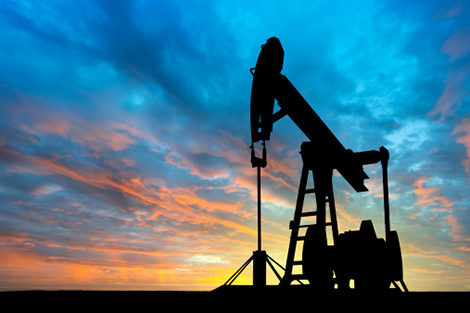
Commodities have been in a positive trend since mid-June of last year, when oil began moving higher from the low $40s1. After a period of consolidation in February and March, commodities have seen some strong price advances, particularly in energy and metals, so we felt that this was a good time to outline our thoughts about near-term and intermediate-term prices.
Industrial metals
Clearly there is some near-term risk premium that has been built into industrial metals on the back of U.S. sanctions against Russia. The London Metals Exchange (LME) has taken action to stop accepting aluminum produced by Rusal, the Russia-based aluminum producer, after April 17, 2018, unless owners can prove that it does not violate the latest sanctions. Reuters has recently reported that Rusal is now stockpiling large quantities of aluminum at one of its sites in Siberia because it has lost access to its market.2 A knock-on effect is that banks that finance Rusal’s operations are looking to close their financing relationship in order to comply with the U.S. sanctions, and this is putting pressure on Russian industrial loans in Europe’s secondary market. Depending on the duration of the U.S. sanctions, there is a non-zero probability that this kind of fallout can have a lasting effect on Rusal and may contribute to a longer-term opportunity for less-efficient producers to supply the market at sustained higher prices.
Interestingly, China is the largest global aluminum supplier by a significant margin. In 2017, China accounted for 57% of global aluminum production, with Russia in distant second place at 6%.3 Regardless of this relationship, the price of aluminum rose more than 20% in a two-week period ending April 20, 2018.4 LME nickel also saw strong price gains5 during this period, largely on fears that the U.S. sanctions could be broadened to Russian nickel producer Nornickel. Finally, palladium, used largely in automotive catalysts, has also moved higher in recent weeks. Russia is the world’s largest supplier of palladium, followed by South Africa.6
Oil
Oil prices are now at the highest level since 20147, due largely to ongoing tensions in the Middle East as well as the recent U.S.-led strike in Syria, which has increased fear of a wider disruption. And in May 2018, we have President Trump’s decision on Iran sanctions, which should sustain market nervousness for the near term. Still, there are fundamental reasons to expect continued strength in oil:











Leave A Comment